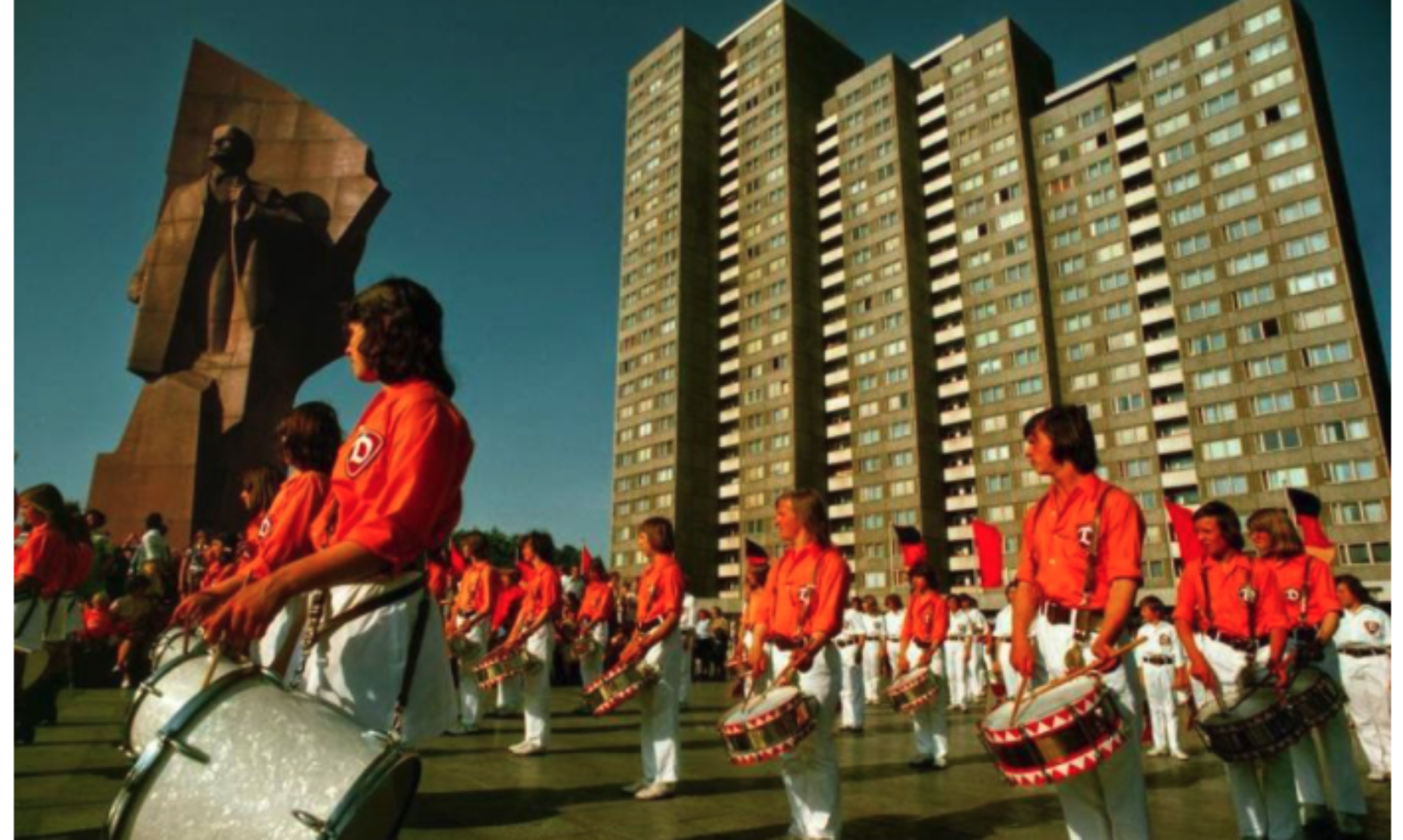In “Six Weeks at Sokolniki,” Hixson’s narrative of the events surrounding the American Exhibition show the recurring theme of competition, clashing statements of the truth, and of course, opposite ideologies. However, what I believe is the most telling of these themes are the interactions between the agitators and tour guides at the Exhibition. On one hand, Hixson wrote that the agitators were able to point out and exploit weaknesses of the American way of life, but the guides also had the ability to come back at them and cross-examine them as well. Their interactions emphasize the battle between the Soviet Union and the United States in individual interactions, and ones that did not come often throughout the Cold War. It is interesting that even though the Expedition took place within Soviet Union, the tour guides and entire Expedition still managed to influence and keep up with what the Soviets threw at them. However, the arguments between these individuals did not seem to match what the tour guides found themselves most often talking about, calling into question the effectiveness of the agitators’ presence.
From the perspective of one American tour guide, “she concentrated on correcting some of the ‘fantastic misconceptions’ her audience reflected about American life.” (Hixson 195). in this way, even the visitors to the Exhibition were not interested in some of the deeper ideological rifts between Americans and Soviets, rather the differences in their daily lives. While some of the comments left by Soviet visitors hinted at the lack of deeper examination in American democracy, their interest in the commodities of American life like cars, refrigerators, and common domestic supplies highlights that even in its absence, the need to understand the differences in everyday life were most telling, with the tour guides and agitators left to duke out ideological differences.
With this in mind, I cannot help but wonder why the Soviets focused so much on ideological ills within the United States, even when American tour guides did admit those faults? Was the Soviet Union so far ahead in terms of racism and poverty that they could speak on such issues? Was it, as Hixson wrote, a means to distract visitors from the material goods and keep their attentions on the fundamental values of the society? Was there ever a way for the Soviets to deter and manage the Expedition without facing some challenges in keeping the people entirely faithful to the Soviet Union?
